Charcoal drawing stands out as a favored medium for artists due to its versatility, rich blacks, and range of textures. Whether you are a beginner or an experienced artist looking to refine your charcoal drawing skills, understanding and applying a few simple techniques can significantly enhance the depth, realism, and emotion in your artworks. This article explores fundamental charcoal drawing techniques, including mastering value control, texturing, blending for soft transitions, and using highlights to create dynamic contrasts. By integrating these approaches, artists can achieve stunning charcoal artworks that captivate and evoke emotions.
Mastering Value Control
Establishing a Value Scale
A fundamental aspect of charcoal drawing is mastering the range of values from light to dark. Begin by creating a value scale, a graded strip that progresses from white to black, with several shades of gray in between. Practicing this scale aids in understanding the charcoal’s potential and how to apply it to represent various tones in your artwork. Value control is essential for achieving a sense of three-dimensionality and volume in drawings.
Building Layers Gradually
Start with a light application and gradually build up to the dark tones. Layering charcoal allows for more control and the ability to correct and refine the drawing as you progress. Use a light touch for initial layers, progressively applying more pressure or using a softer charcoal stick for darker shades. This technique requires patience but results in rich, dynamic, and more controlled compositions.
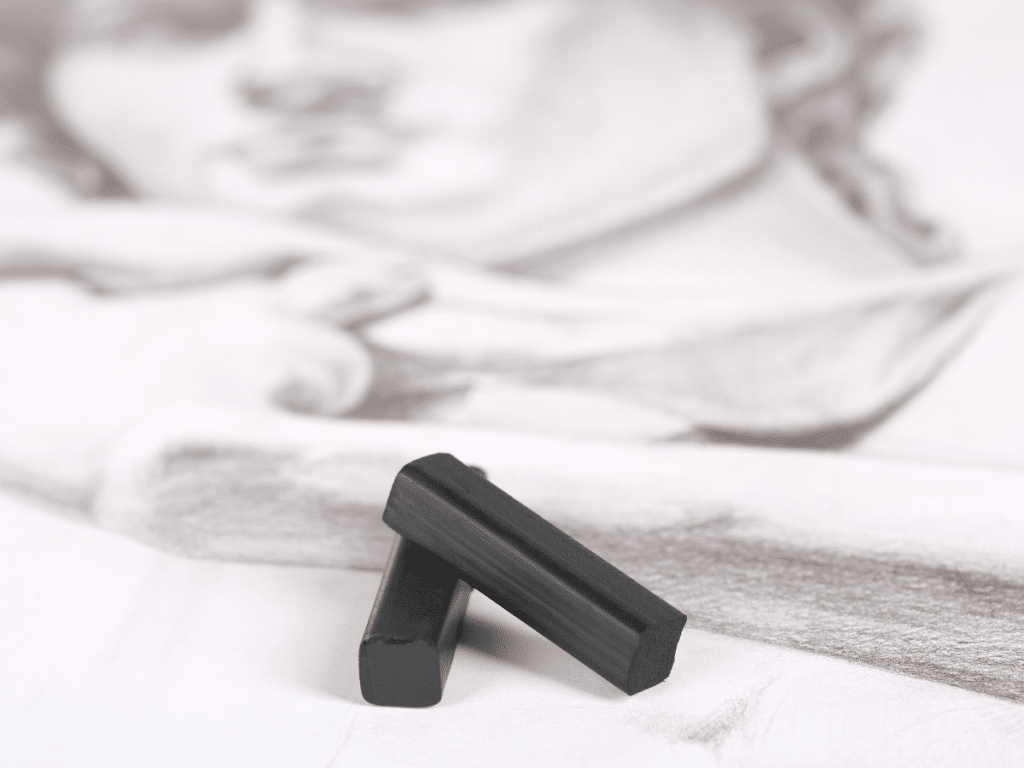
Texturing Techniques
Creating Realistic Textures
Charcoal is excellent for rendering a wide array of textures that can bring a drawing to life. By varying the pressure, using the edge or tip of the charcoal, and employing different types of strokes—such as hatching, cross-hatching, stippling, or scumbling—you can simulate the textures of skin, fabric, foliage, or hair. Observing the way light plays on different surfaces and mimicking this in your tonal work is key to achieving realistic textures.
Experimenting with Charcoal Forms
Charcoal comes in various forms including pencil, vine, and compressed, each offering different textural possibilities. Vine charcoal, being softer and easier to erase, is ideal for sketching and initial layers. Compressed charcoal, which is harder and darker, is suitable for detailing and deepening the darkest values. Experiment with these different forms to discover their unique contributions to texture in your artwork.
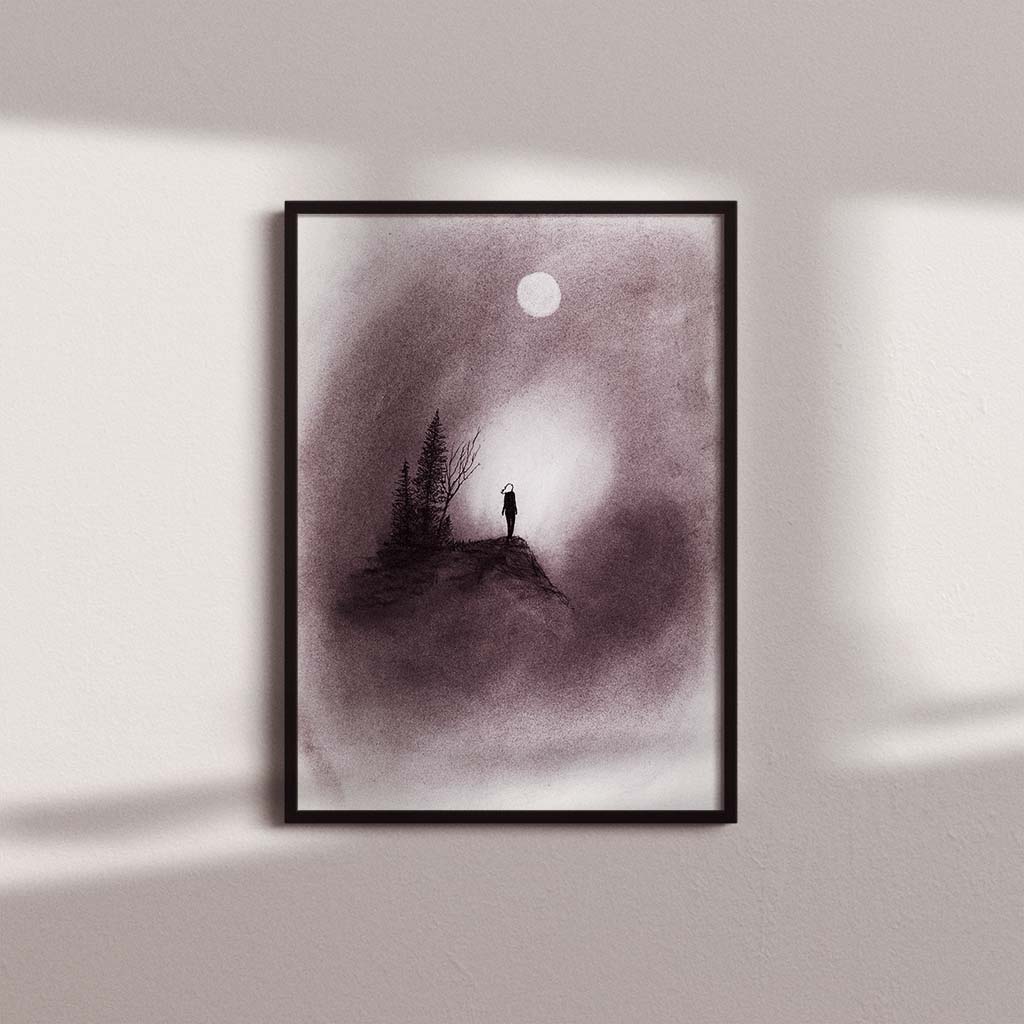
Blending for Soft Transitions
Techniques for Smooth Gradients
Blending is a technique that smooths out the charcoal, creating soft transitions between tones, which is particularly useful for rendering skin, skies, or other smooth surfaces. You can blend charcoal using your fingers, tissues, a blending stump, or a brush. Each tool offers a different texture and softness of the blend. Start lightly and increase the pressure as needed to blend the charcoal to the desired softness.
Maintaining Control While Blending
While blending can create stunning effects, it’s crucial to maintain control to avoid muddying the drawing. Use a light touch and blend gradually, constantly evaluating the effect against your artistic vision. Having a clear idea of where you want hard edges versus soft transitions can guide your blending process, ensuring clarity and detail where needed.
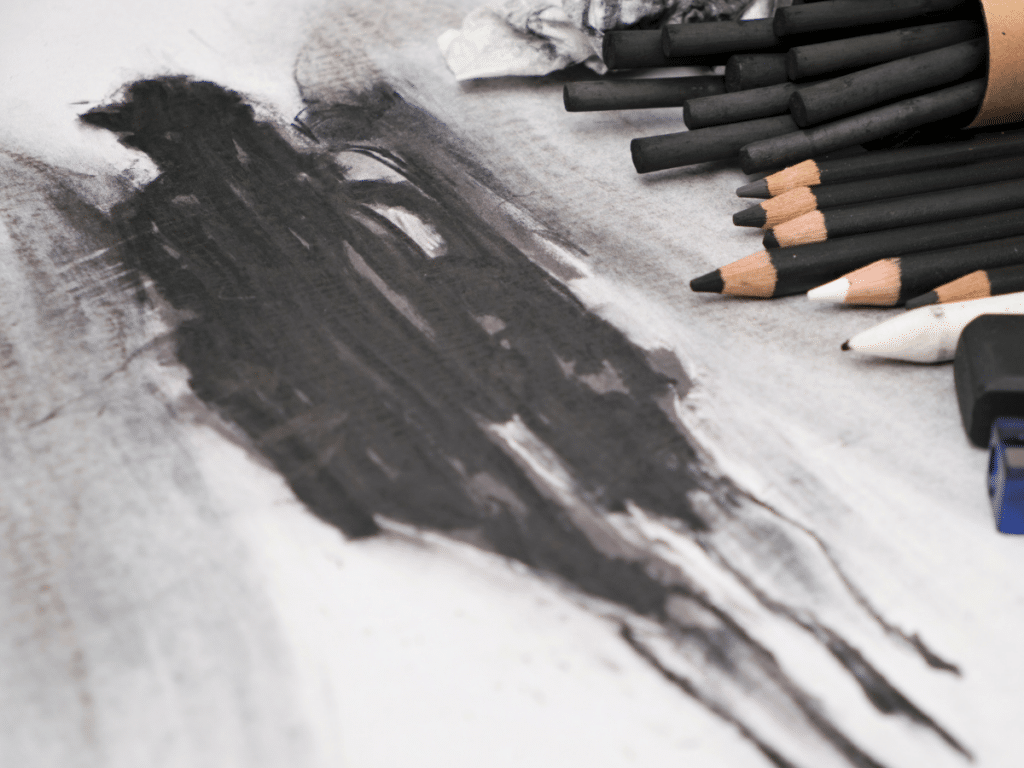
Highlighting to Create Contrasts
Using Erasers as Drawing Tools
Highlights are not just the absence of charcoal; they are an integral part of the drawing process. You can create highlights by erasing charcoal to reveal the white of the paper beneath. Various erasers, like kneaded, vinyl, or gum erasers, each remove charcoal differently, producing distinct effects. Use them to draw light into your compositions, define edges, and add sparkle to the subject’s eyes or light sources in the scene.
Protecting and Emphasizing Highlights
Plan your work to preserve the white areas of the paper for the brightest highlights, resisting the urge to cover them with charcoal. Emphasize these highlights judiciously to create striking contrasts that draw the viewer’s eye and add dramatic flair to your work. This careful balance between the darkest darks and the lightest lights will give your artwork a dynamic range and a sense of realism.
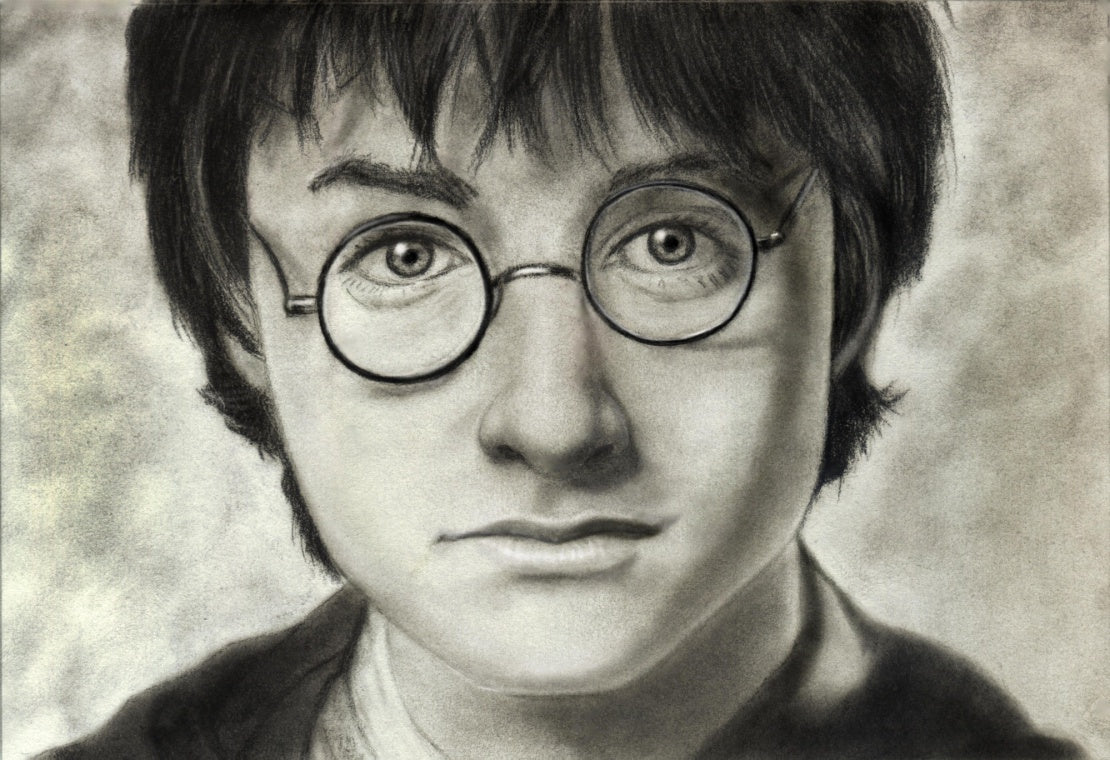
Exploring the Use of Negative Space
Embracing the Untouched Canvas
Negative space, the area around and between the subjects of an artwork, plays a crucial role in charcoal drawing. Effective use of negative space adds balance and depth to your compositions, guiding the viewer’s eye toward the intended focal points. Approach your drawing by not only focusing on the subjects themselves but also by paying attention to how the untouched areas of the canvas contribute to the overall feel and composition. This conscious decision to leave parts of the paper blank can be as powerful as the strokes you make, offering a stark, clean contrast to the rich blacks of charcoal.
Balancing Composition with Negative Space
To master the use of negative space, start by sketching your main subjects lightly, then step back to assess the balance and flow of your composition. Adjusting the size and placement of your subjects to create interesting and dynamic negative spaces can significantly enhance the visual appeal of your artwork. This balance doesn’t always come naturally, but through practice, you’ll develop an intuitive sense for how negative space can complement your drawings.
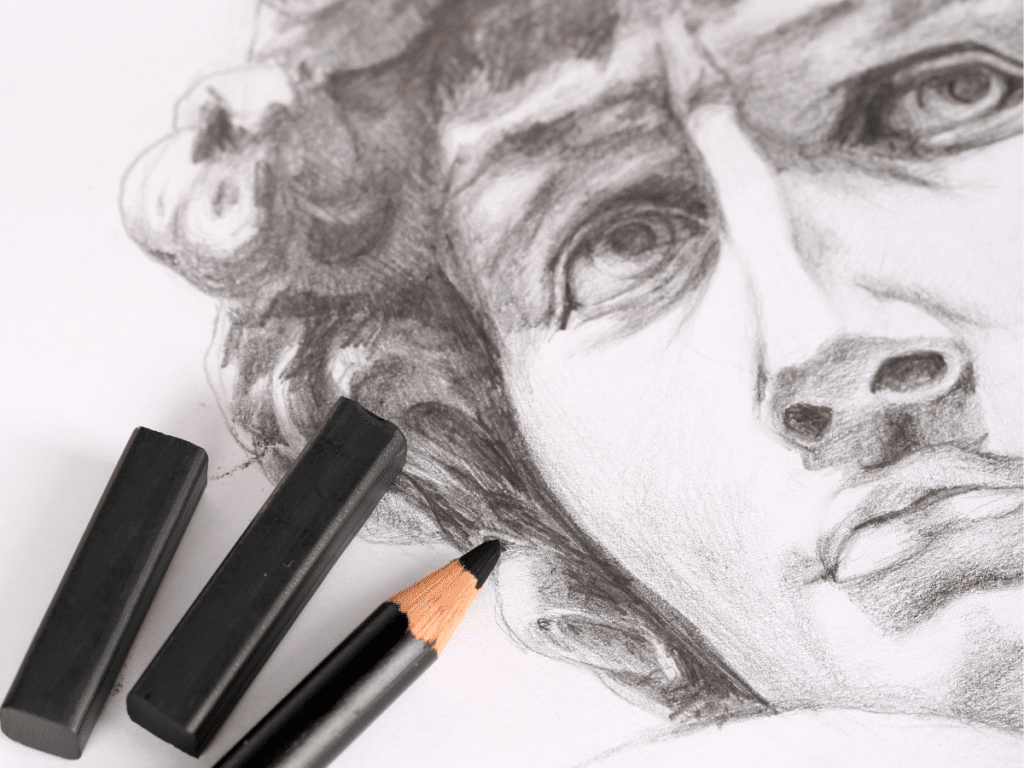
Varying Pressure for Emotional Impact
Conveying Mood through Charcoal
The pressure applied to charcoal can convey a wide range of emotional tones in your artwork. Heavier pressure results in darker, bolder lines, expressing intensity or drama. Lighter pressure creates softer, more delicate lines, suggesting calmness or melancholy. The beauty of charcoal lies in its responsiveness to pressure. This responsiveness gives you the ability to subtly manipulate the mood of your artwork. Pay attention to how the physical act of drawing makes you feel. Let that feeling guide the pressure of your hand. This process allows your emotional state to be reflected on the canvas.
Developing a Sensitive Touch
Developing a sensitive touch with charcoal comes with time and practice. Begin by experimenting with different grades of charcoal on various types of paper to see how they interact. Notice how the slightest change in pressure affects the darkness and thickness of your lines. Use this knowledge to purposefully build the atmosphere of your artwork. As you become more attuned to the nuances of applying pressure, your drawings will start to embody a greater depth. This depth will reflect in the emotional expression of your work.
In conclusion, mastering simple charcoal drawing techniques can elevate your artistic abilities, enabling you to create more expressive, realistic, and emotionally resonant artworks. Value control, texturing, blending, and highlighting are foundational skills that serve as the building blocks for compelling charcoal drawings. Artists can discover their unique style and voice by practicing and experimenting with these techniques. Each charcoal drawing becomes a testament to their creative vision and technical skill. Remember, the key to mastering charcoal drawing lies in patience. Practice is essential. A deep understanding of the medium’s inherent qualities and possibilities is crucial.